Santiago de Cuba, first capital of Cuba
Santiago de Cuba played an important role in the history of the country. Founded in 1515 by Diego Velazquez de Cuellar, it was Cuba’s capital from 1523 to 1589.
It was at the heart of many important events. This includes the main defeat of the Spanish troops during the Spanish-American war in 1898. The event triggered the beginning of the end of Spanish colonial supremacy of Cuba.
Starting point of the Cuban revolution in 1953
In 1953, Cuba’s revolution commenced here under the guidance of Frank Pais. He drew around him an extremely effective urban revolutionary alliance. Fidel Castro joined the revolutionary hero in the struggle for independence.
Fidel Castro proclaimed victory in Santiago de Cuba
On the first day of 1959, Fidel Castro proclaimed victory of the Cuban Revolution from the balcony of the City Hall of Santiago de Cuba. Due to its role during the revolution, Fidel Castro awarded it the Star of Hero City in 1984.
Santiago de Cuba is now the second largest city of Cuba with some 500,000 inhabitants.
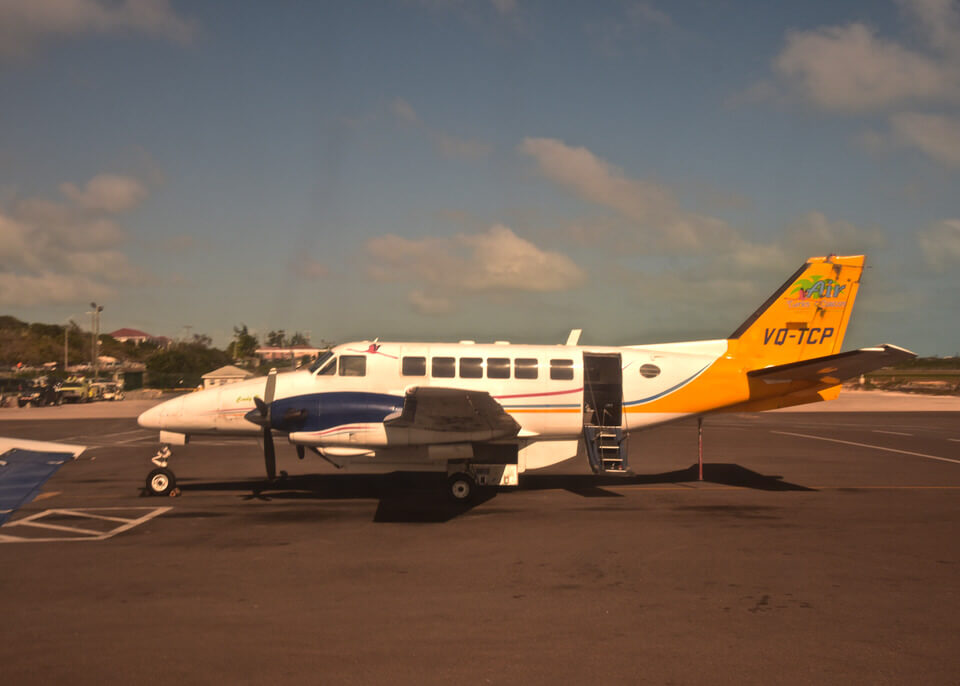
Getting to Santiago de Cuba
My entry point to Cuba was Santiago de Cuba.
I flew in from the Turks and Caicos Islands on board of a tiny Intercaribbean 13 seater aircraft. A bit unsettling over the ocean and then the mountains.
Sierra-Maestra mountains
The flight took us through quite some turbulence over the water. Luckily, once over the Sierra-Maestra mountains, the weather calmed down. Finally we landed in Santiago de Cube on this narrow airstrip perched up next to the sea.
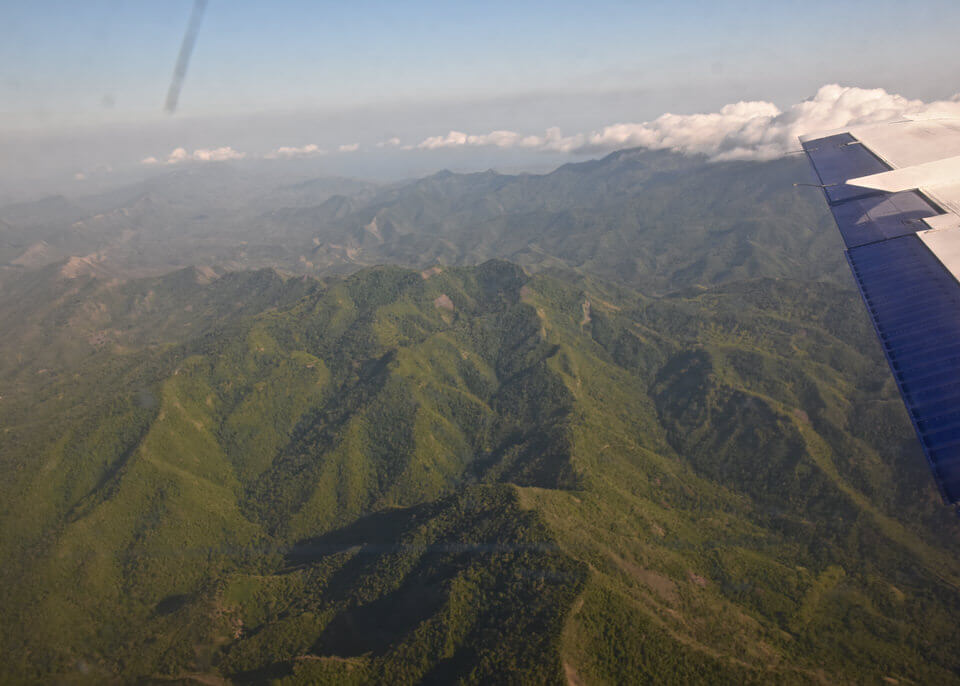
Accommodation in Santiago de Cuba
I had arranged for transportation to the “casa particular” owned by Michele, a Cuban/Canadian. It worked out albeit the car that picked me up was pretty much falling into pieces.
However, I was positively impressed by the accommodation.
It consisted of a little bedroom and bathroom and a tiny living room with cooking facility. A great outdoor space all on the upper floor of the building was also included.
Getting to know a Cuban family
Throughout my stay, Michele spoiled me with great home cooked food prepared by him. He introduced me to his entire family that only spoke Spanish. I was forced to reboot my brain in an attempt to regain access to my knowledge of the language. I had not practiced it since the two years I had spent in South America a while ago.
Eager to explore the town
I was eager to get out and explore the city and Michele offered for a friend of his to show me around.
Main Cathedral
Our first stop was the Catedral de Nuestra Senora de la Asuncion.
Although it appeared to be closed at lunchtime, there was a little door on the right hand side through which I gained entrance.
Colonial architecture
As we continued walking, I noted that Santiago de Cuba maintained much of the original colonial architecture.
Here below, the 4-star Hotel Casa Grande in Parque Cespedes and the Palacio Provincial built in 1920. It is now the seat of the provincial government.
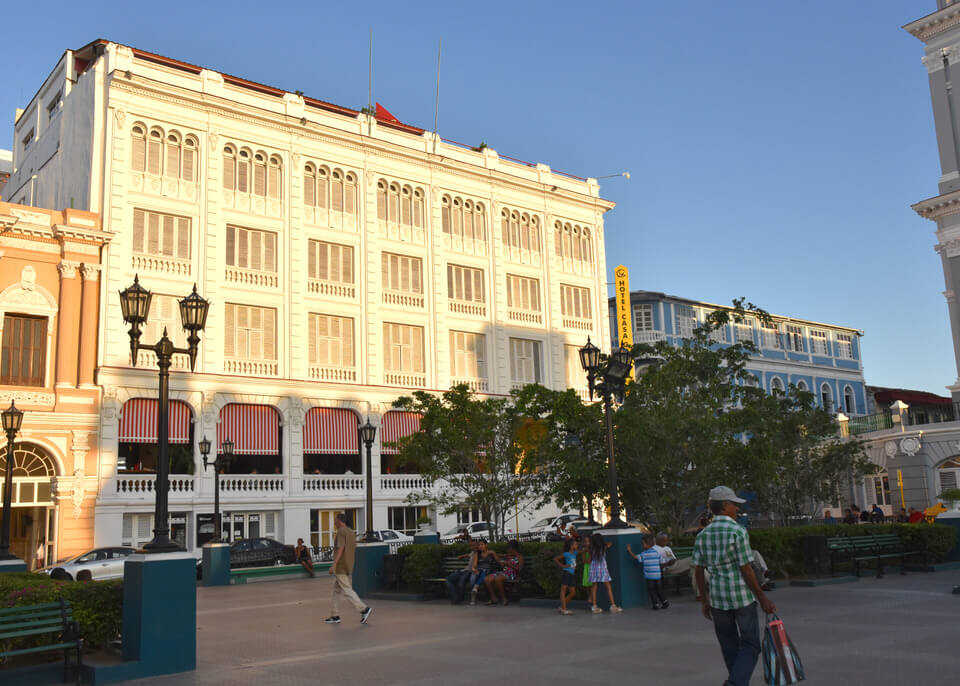
Bacardi Museum
Close by the main square, we got to the oldest museum of Cuba, the Museo Bacardi built in 1899. It was later enlarged and officially inaugurated in 1927.
Spanish Don Facundo Bacardi Masso founded the Distillery Bacardi & Ca in 1862 in Santiago de Cuba. It became one of the most notable and successful enterprises in Cuban economy. However, in 1960, the new government of Cuba expropriated the distillery. Bacardi rum is now produced in a number of Caribbean Islands and other countries.
No limit in the choice of color for buildings
I was intrigued by the colourful buildings reflecting the cheerful character of the locals.
Some areas of town are pretty hilly
As we continued wandering around, I realized that a pair of good walking shoes is essential. The city lies at the foothills of the Sierra Maestra hence it is pretty hilly in some parts.
Domino game
Walking through the pedestrian only streets of the centre of town, I was amazed of how many people were playing this game. I learned that it is taken very seriously with serious amounts of money passing over the table.
Plaza de Marte with a gruesome history
In the 19th century, Plaza de Marte (in the background) was used to execute convicts in public.
Nowadays, it is the popular place to hang out.
Most Caribbean city of Cuba
Santiago was the principal port of arrival of African slave ships from West Africa.
The influx of Africans and Haitians makes it the most Caribbean city in Cuba.
The slaves brought with them a mix of religious beliefs. This includes voodoo which, according to my guide, is still practised here.
Santiago is the birthplace of popular traditional Cuban music including rumba, son, trova, among several others.
Music is everywhere
There are a number of live music performances taking place in squares and on the streets. But there is also music emanating from homes. The entrance doors are generally kept open partly in an attempt to get some ventilation.
More formal music performances
The city is packed with little places where you can enjoy some live performances.
They take place on certain times during the day and evening. An entrance fee is charged.
The Bay of Santiago de Cuba
The city lies on a splendid bay surrounded by mountains.
A good place to take all the splendor in is the Castillo Pedro de la Roca also called Castillo del Morro.
My ride
So, I got myself some transportation and made the 20 minute drive.
If you go for this option of transportation it is a lot of fun but do not forget to put plenty of sun cream.
The fortress
The Castillo del Morro was built in 1637 and proclaimed UNESCO world heritage in 1997.
I found it well preserved and well maintained so it was worth the ride.
Reasons why you should visit Santiago de Cuba
So, if you are into music, this is the place for you to visit when in Cuba. But there are other attractions.
Towards the end of July each year, the biggest carnival of the Caribbean takes place in Santiago de Cuba.
And don’t forget baseball. Cubans go crazy for it. Santiago de Cuba has the best team in the country. So watching a game could turn out to be a lot of fun.
___________
There are more posts on this location and for more tips on Cuba click on tips and What to Pack, Cuba visited as a sole female traveller
Or check out how to move around Cuba.
My destinations in Cuba were Havana, Trinidad, Vignales, Cienfuegos, Varadero
Enjoy the reading!

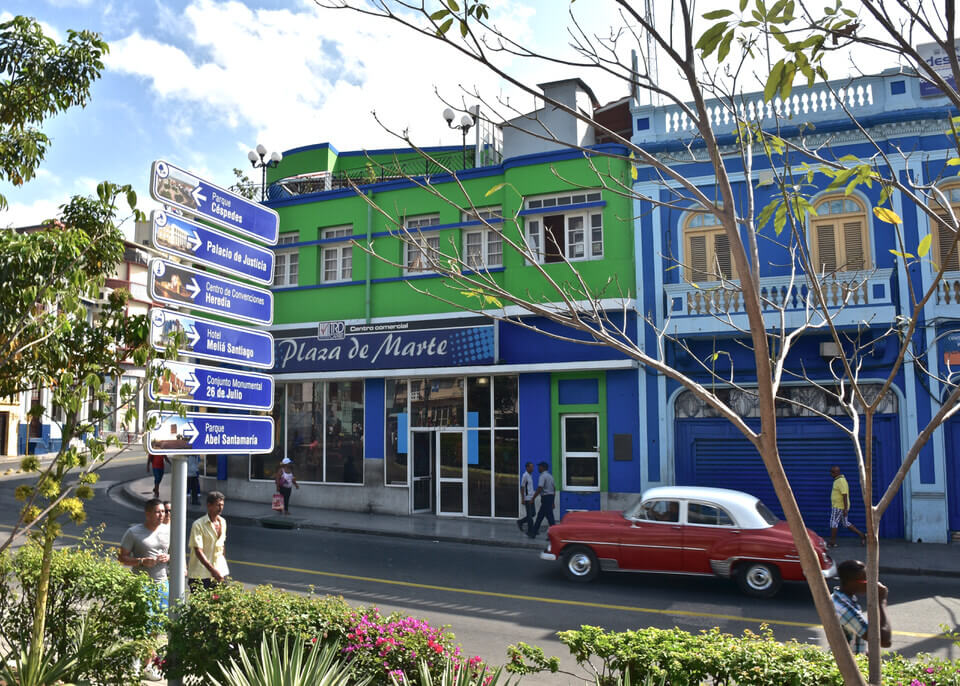
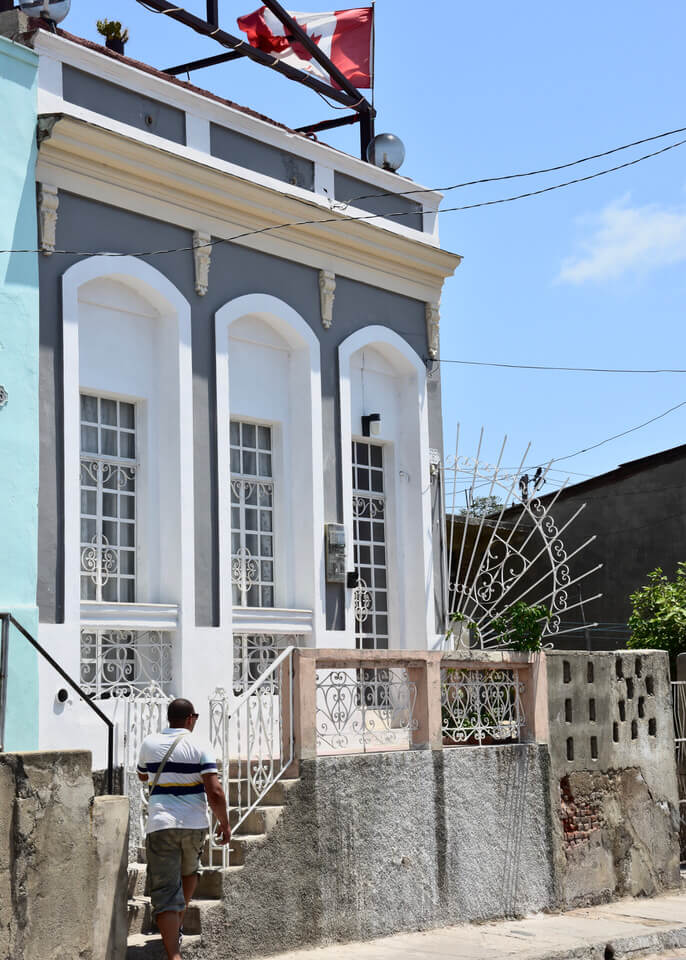
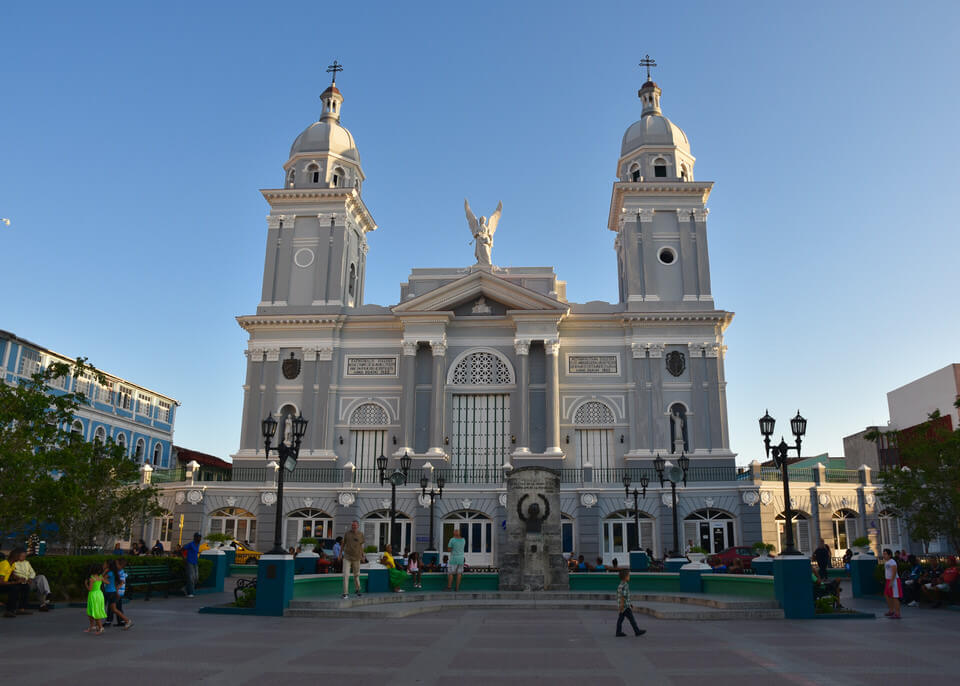
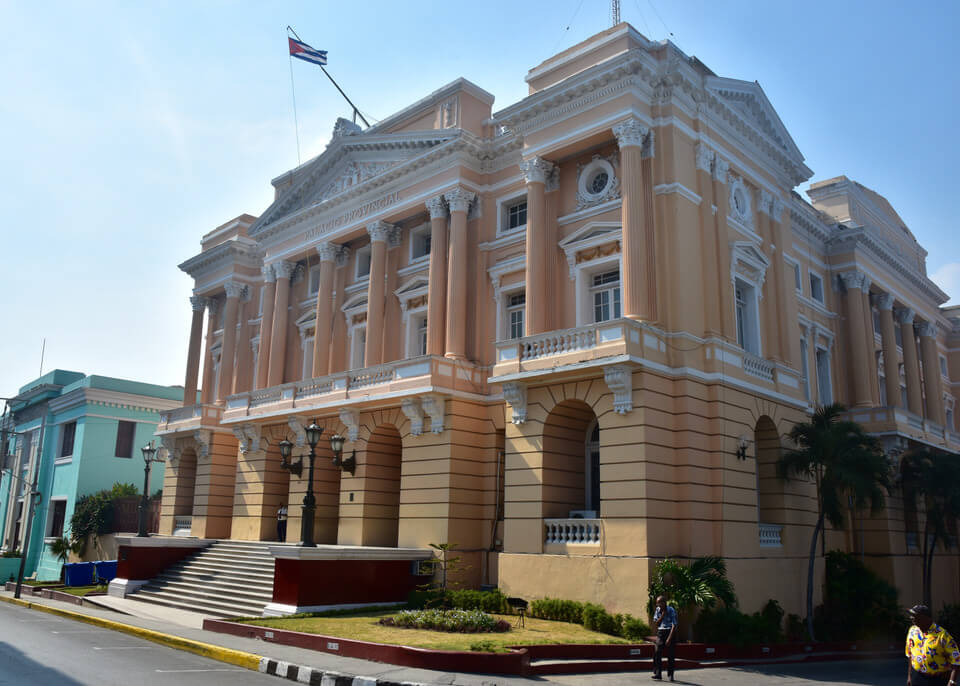
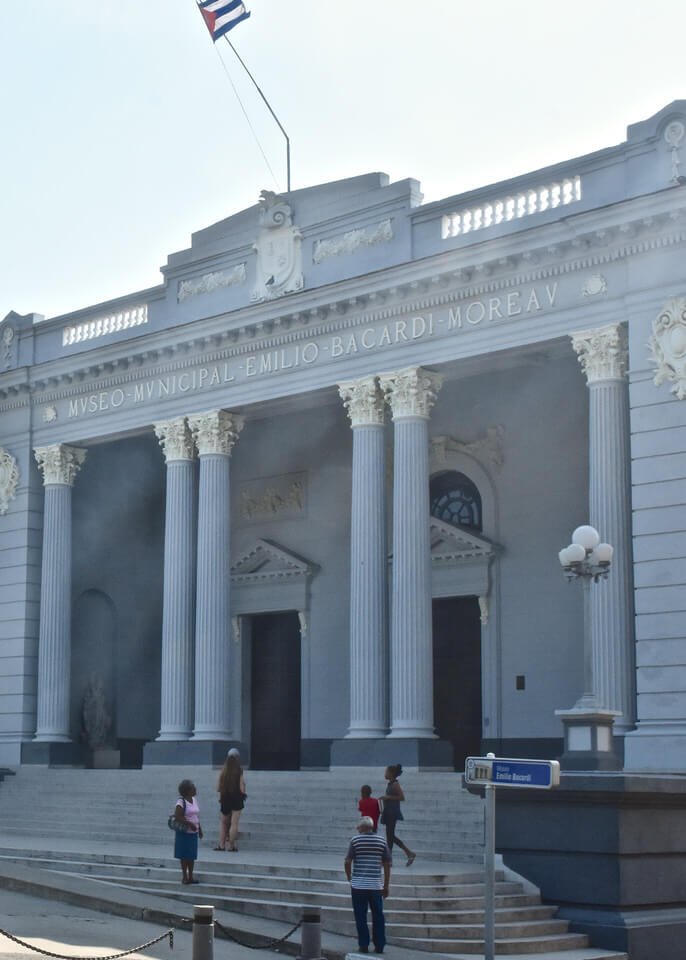
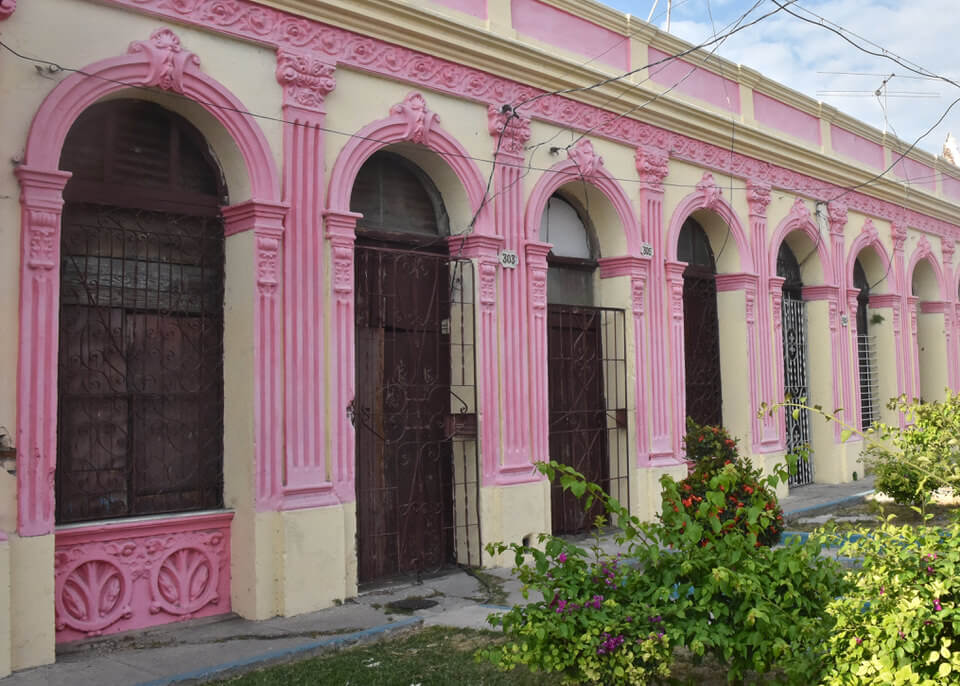

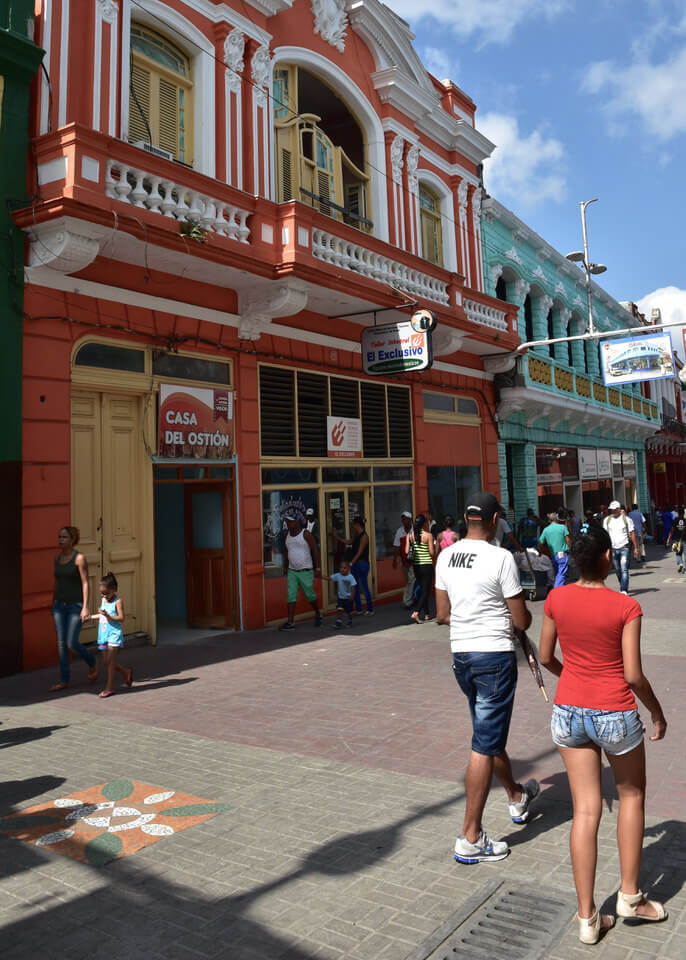
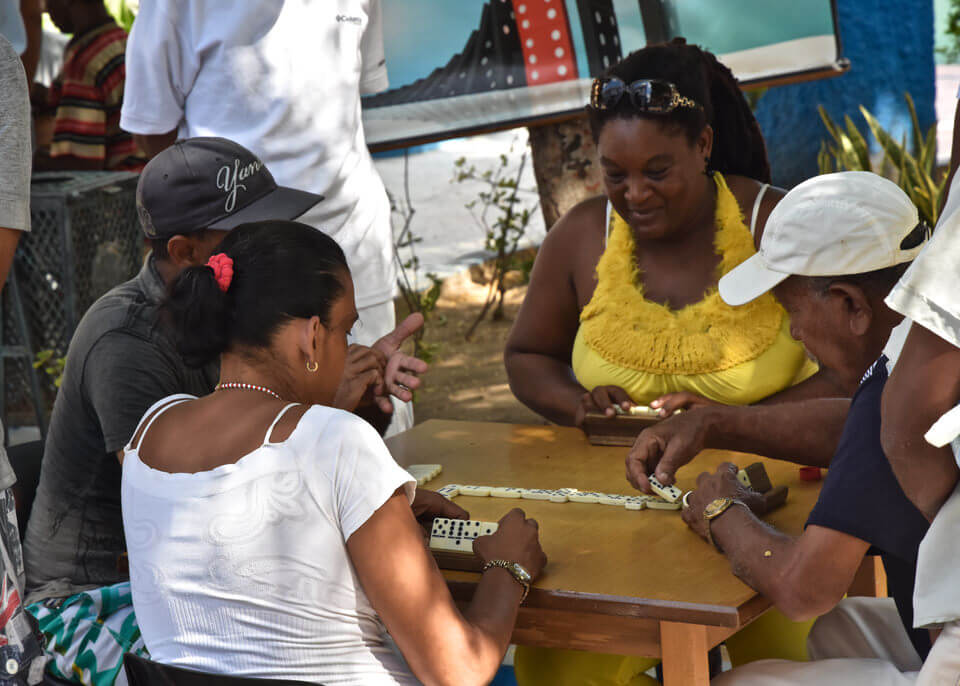
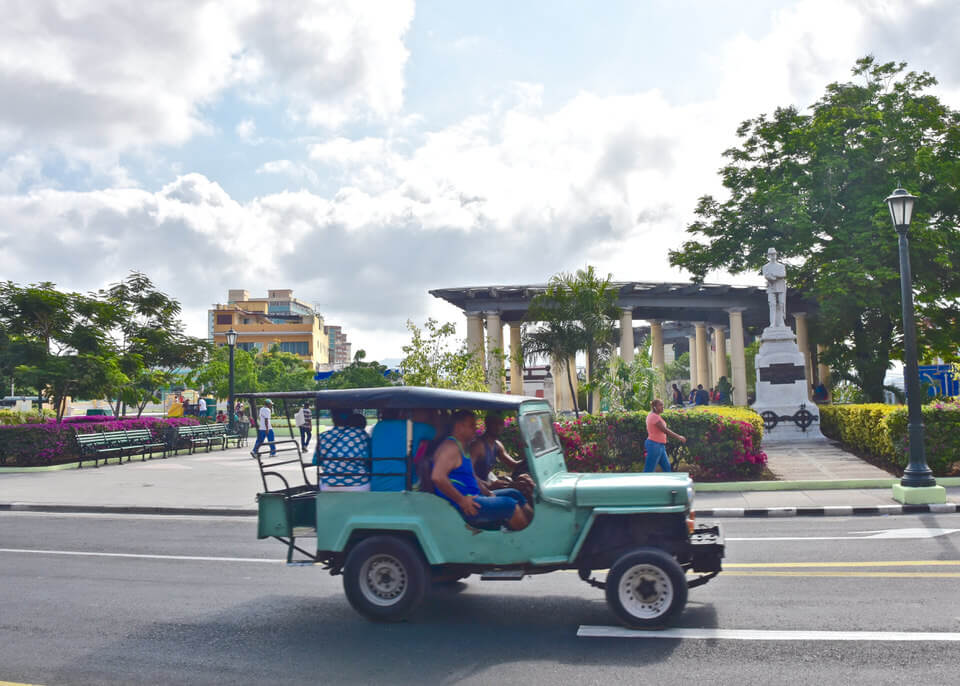
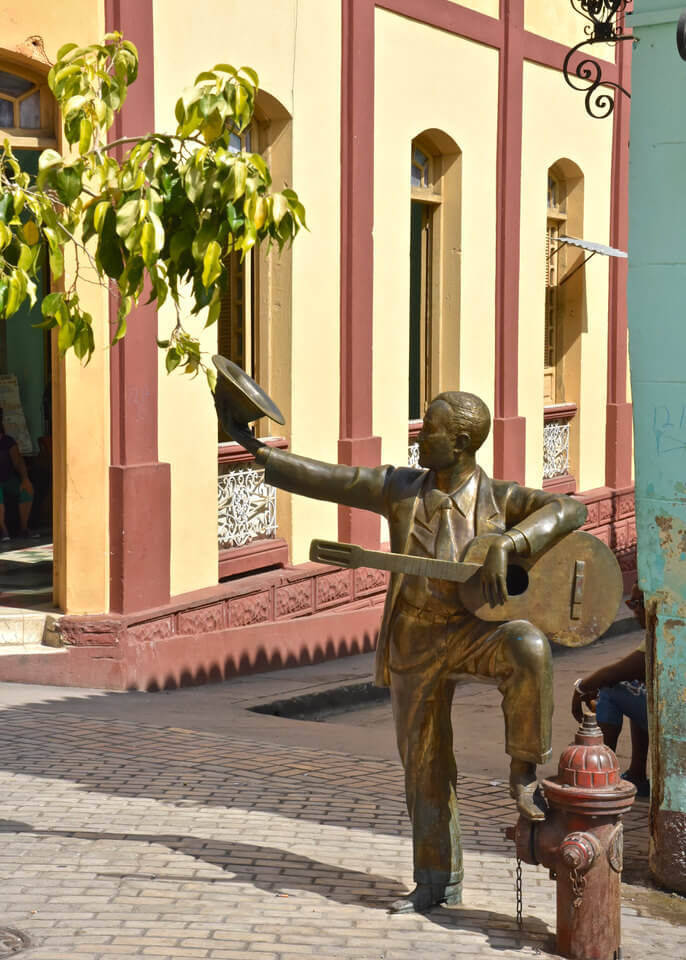
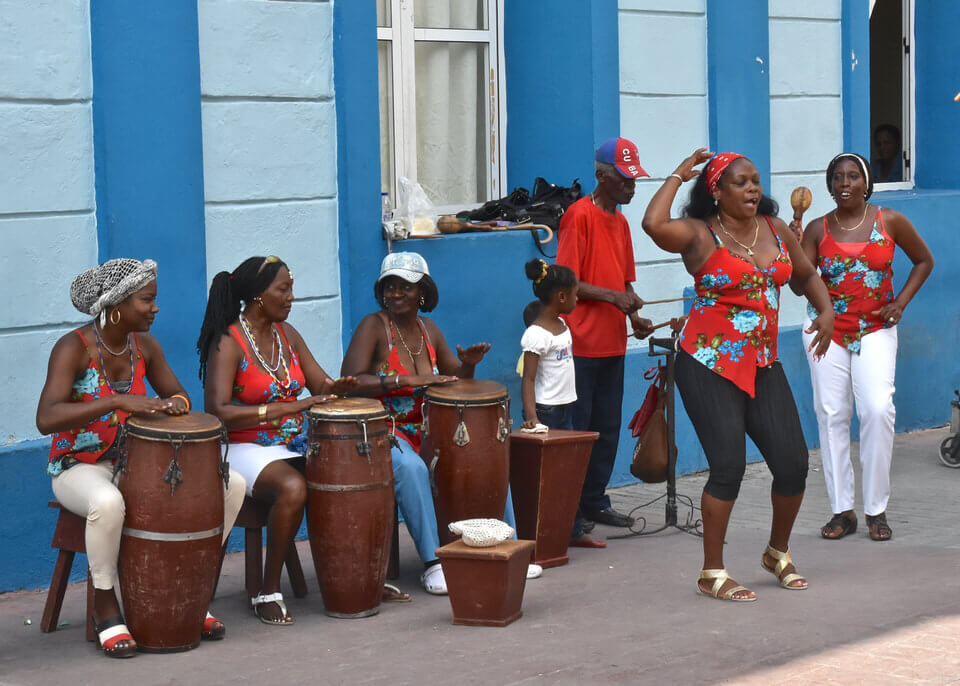
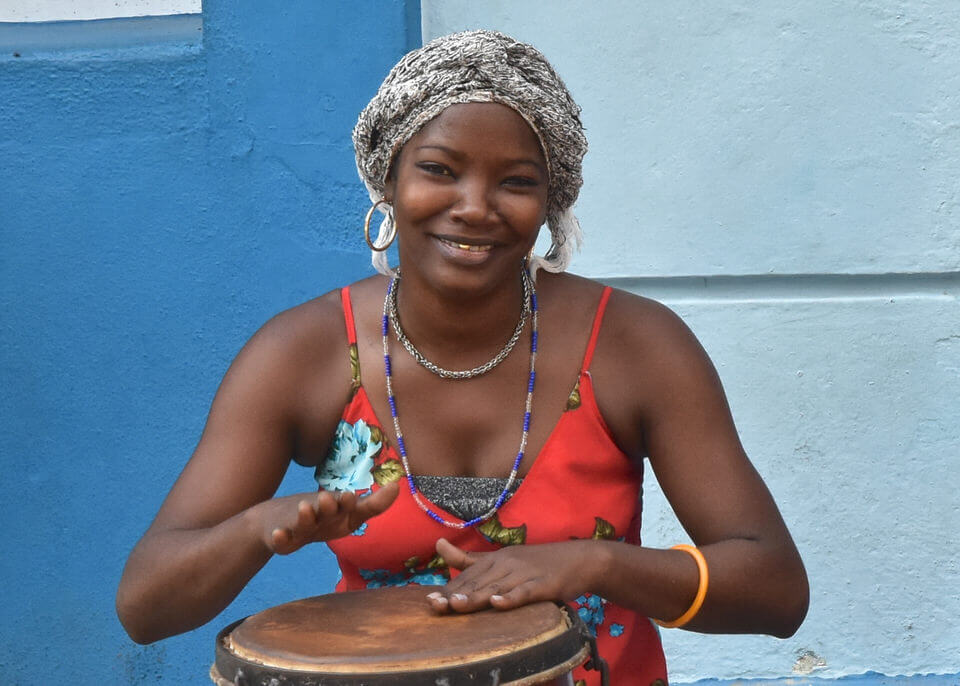
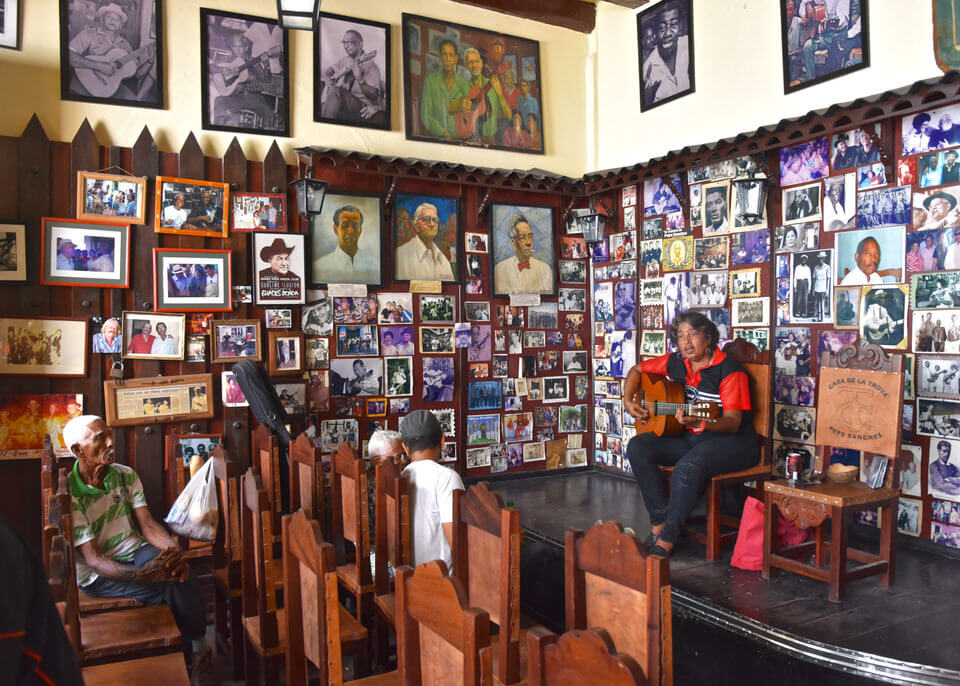
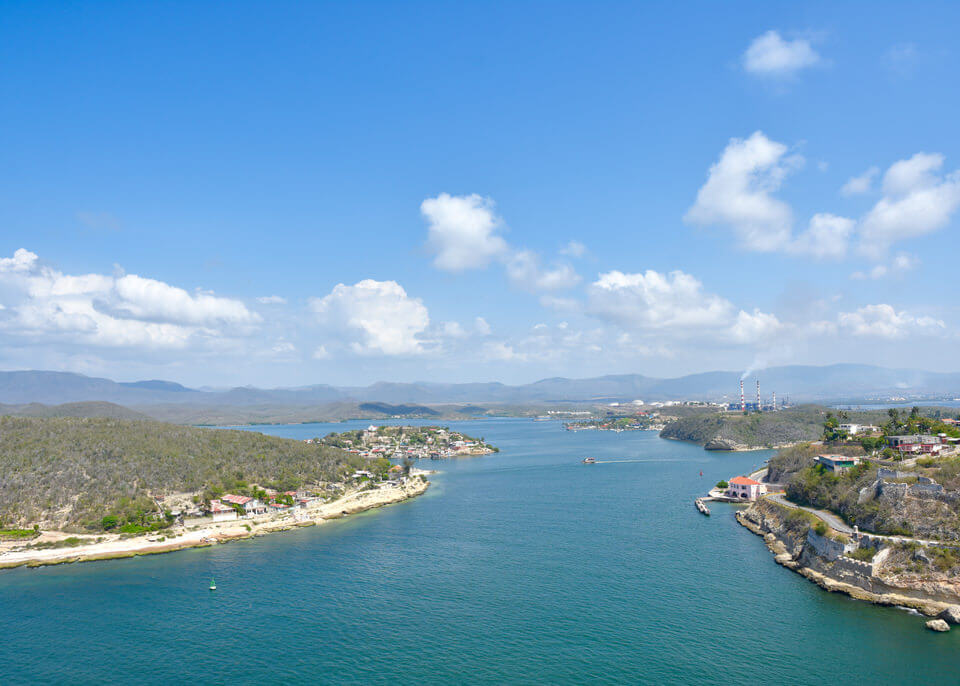
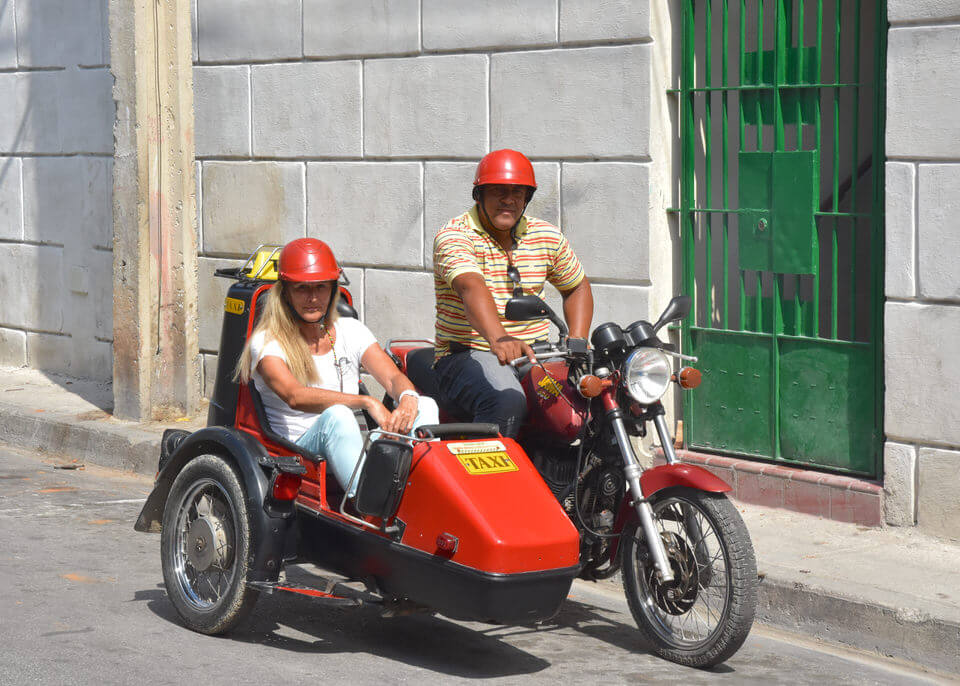
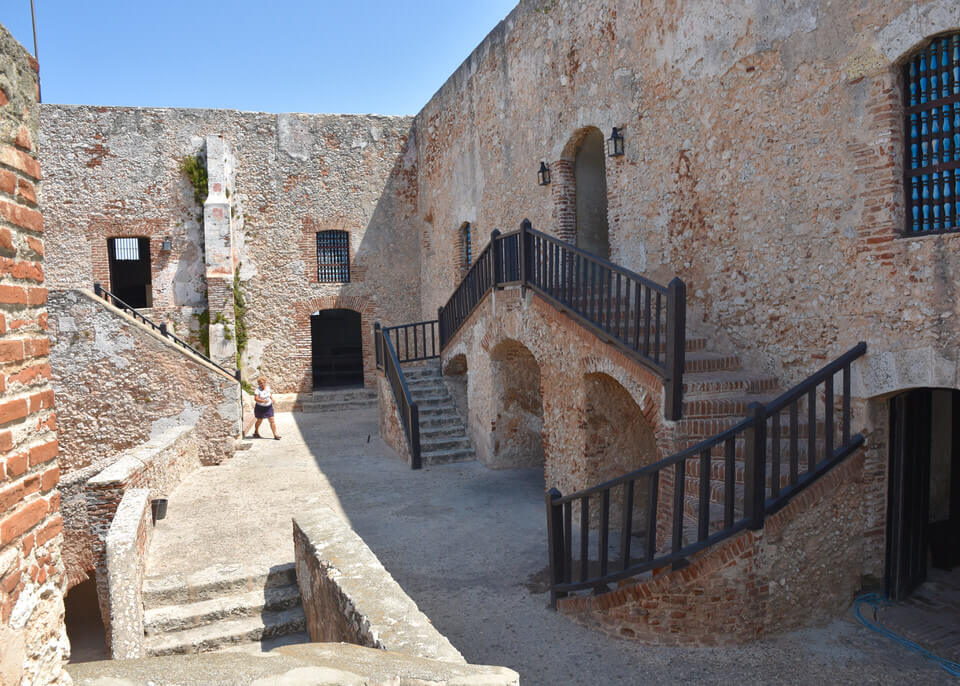
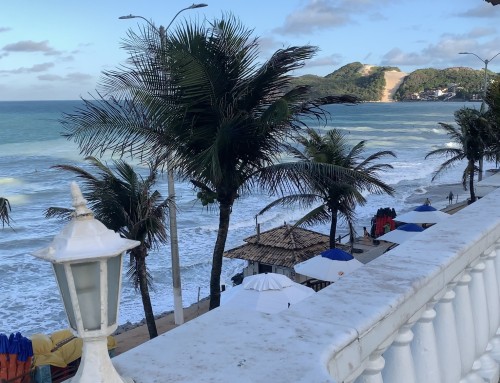
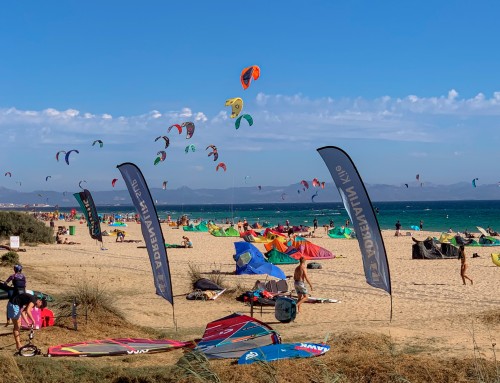
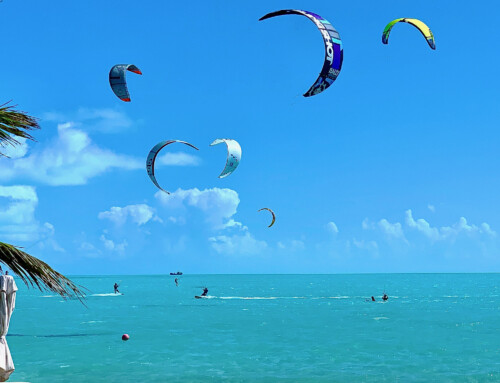
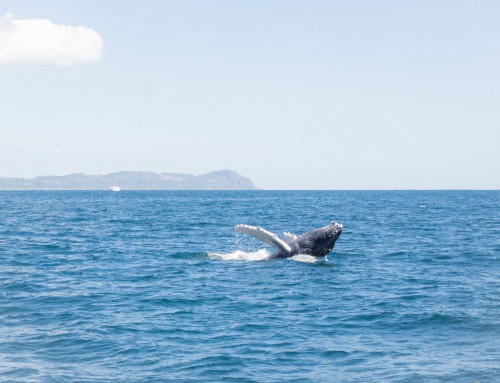
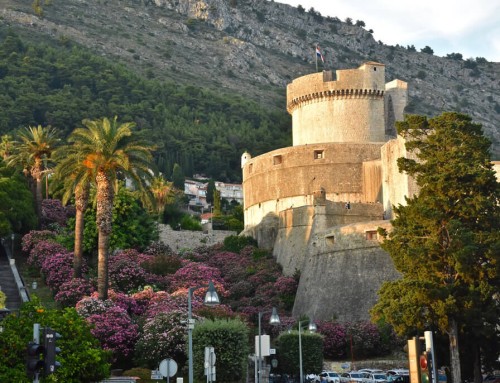
Leave A Comment
You must be logged in to post a comment.